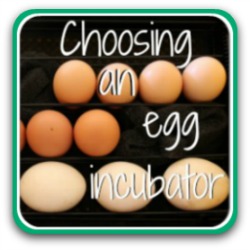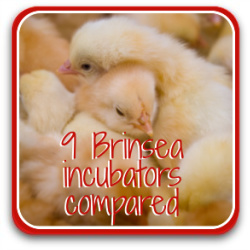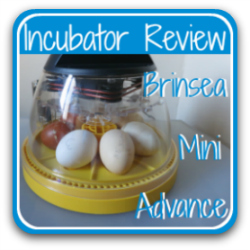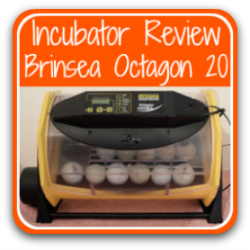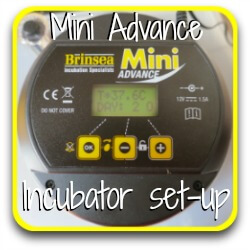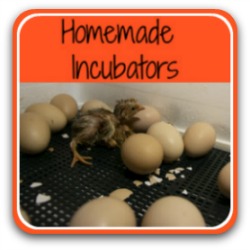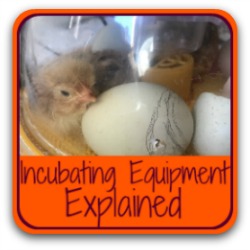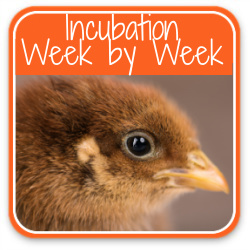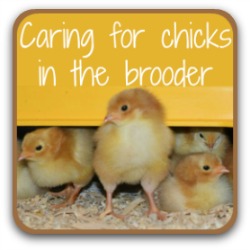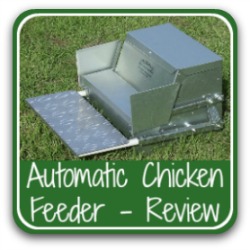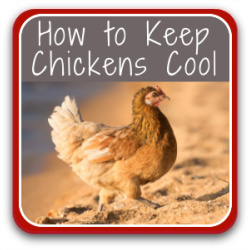- Home
- Incubators
Incubators for chicken eggs: all you need to know.
Incubating chicken eggs can be one of the most rewarding features of keeping backyard chickens.
It can also be one of the most stressful – and that stress begins with trying to decide which equipment will be most suited to your individual situation.
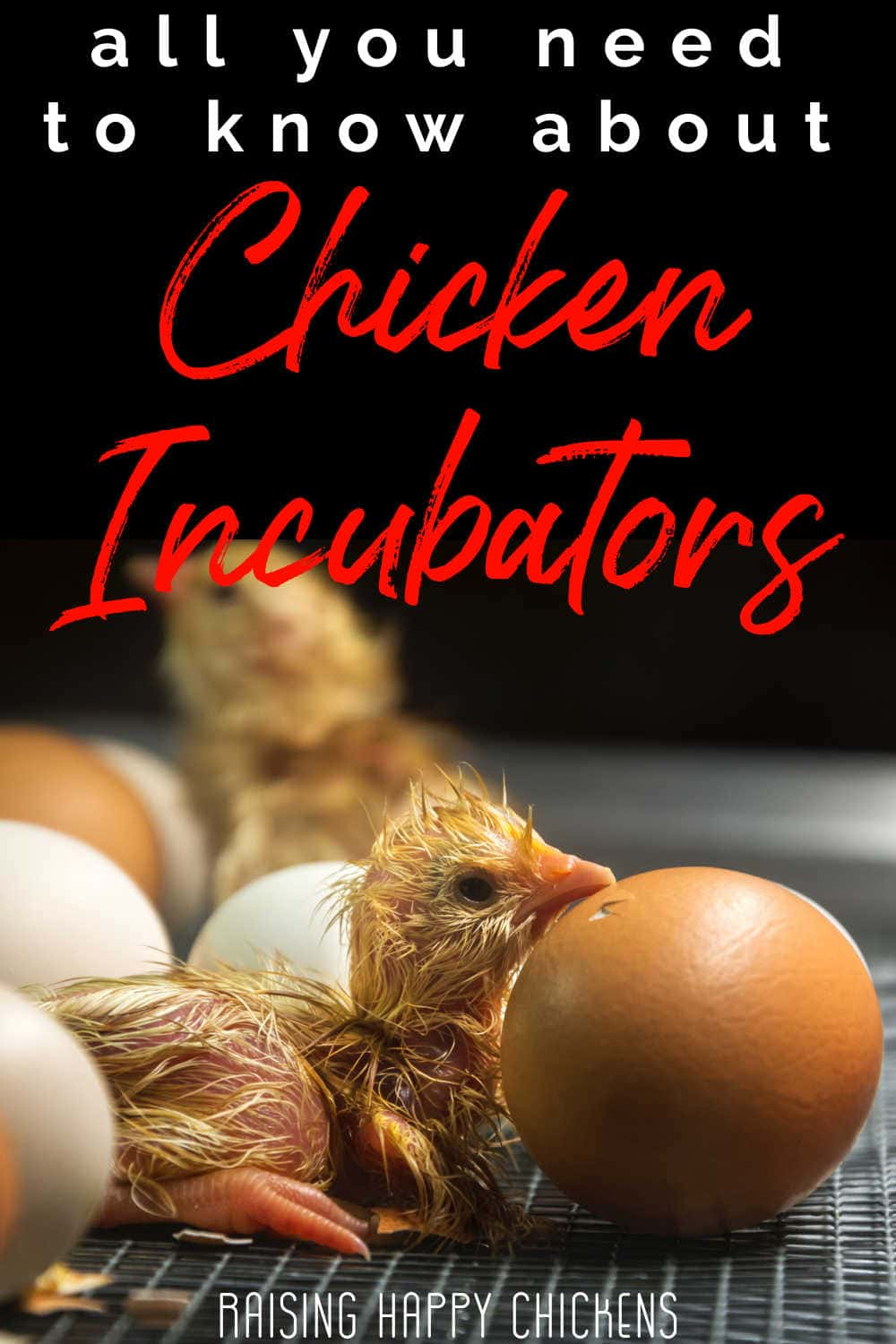
Hatching your own chicks has become so popular now that a whole industry has sprung up around the necessary equipment: incubators, candlers, heat lamps and brooders to name but a few.
There are so many incubators for chicken eggs on the market now that it can be very confusing if you're just starting out.
Not just confusing, but expensive. A good incubator can cost from a couple of hundred dollars to many thousands – so it's important to make sure you choose the right one.
The articles featured here are to help you work out exactly that.
Whether you want to hatch a few eggs or a few dozen, whether your incubator will be at home, on a small homestead or in a classroom, you'll find information which can save you large amounts of money.

How to choose an incubator
There are dozens of different types of egg incubator, and technology means that new features are being added to old favourites all the time.
Before you spend what can amount to hundreds of dollars, this article considers ten factors to help you decide which features you need and which you can do without.

Brinsea incubators, compared
Choosing an incubator can be a daunting experience. This article compares 9 Brinsea incubators, looking at why Brinsea is the best choice, and which of their incubator ranges will best suit your needs.
Using a simple chart system it covers capacity, temperature and humidity controls, turning, levels of automation, and special features.

Incubators: Brinsea's Mini Advance
Ideal for anyone who wants to incubate up to 7 full sized or 12 bantam sized chicken eggs.
This incubator is particularly good if you have children, or you're hatching at school.
Discover its features and benefits, the pros and cons, and watch my short video about how to set up the Mini Advance.

A bigger incubator: the Brinsea Octagon 20
If you want to hatch up to 24 chicken eggs, this is the place to start.
From the basic model right up to the all-singing, all-dancing automated version, this article examines the pros and cons of the model, the advantages of the humidity pump and why Brinsea claims it can help stop the spread of the dreaded incubator bacteria.

How to set up the Brinsea Mini Advance incubator
This article covers in detail how to set up the Mini Advance.
It includes details of how to store your eggs immediately before incubating them, how to prevent bacteria during incubation and what the correct temperature and humidity levels should be.
It includes a short video showing exactly how to set up the digital settings for the best possible results.

A homemade incubator
Is it possible to make a DIY incubator at home? What are the pros and cons? And how successful are they in terms of hatch rates?
This article takes advice from local farmers in Italy who have been using a particular type of homemade incubator for generations, with a good level of success.
And I provide details of four different ways you could make your own at home.

Incubating and brooding: review of the best guide
Gail Damerow is one of the foremost leading experts on incubating, hatching and breeding chicks.
My review covers its contents, best features and downsides. It assesses who will benefit most from reading it and advises the best place to buy.
This book may become your go to source when raising your own chicks. Don't miss out!

Related articles which will be of help.
- Home
- Incubators
